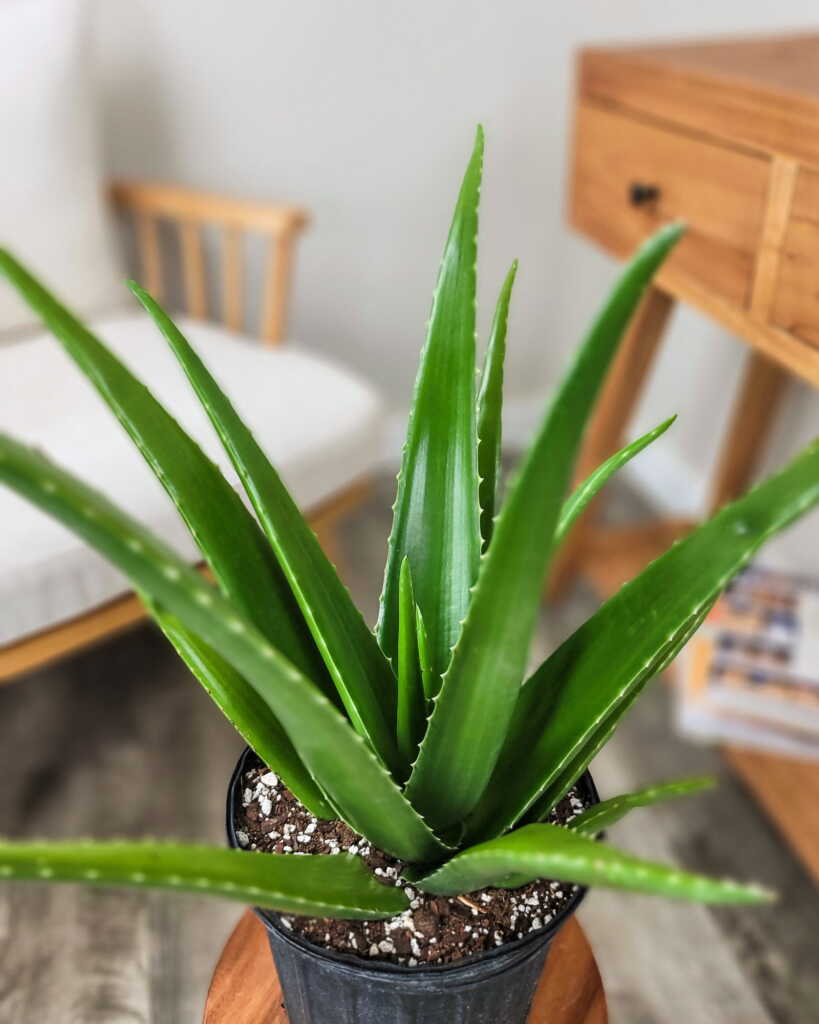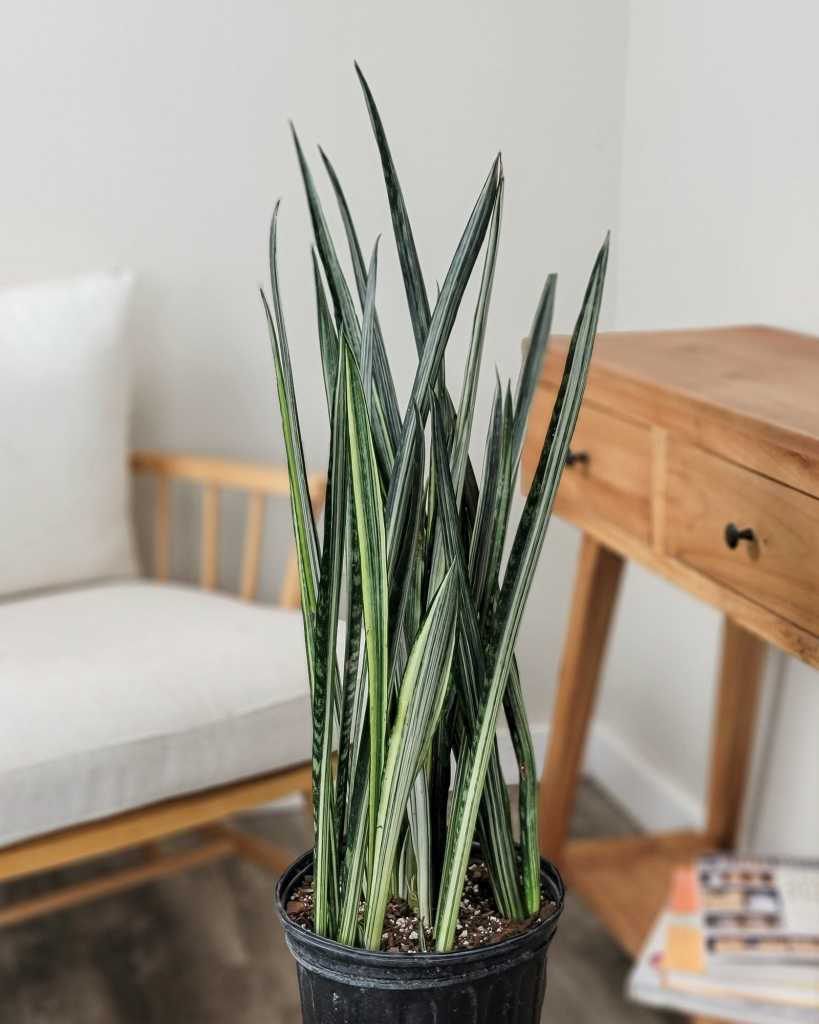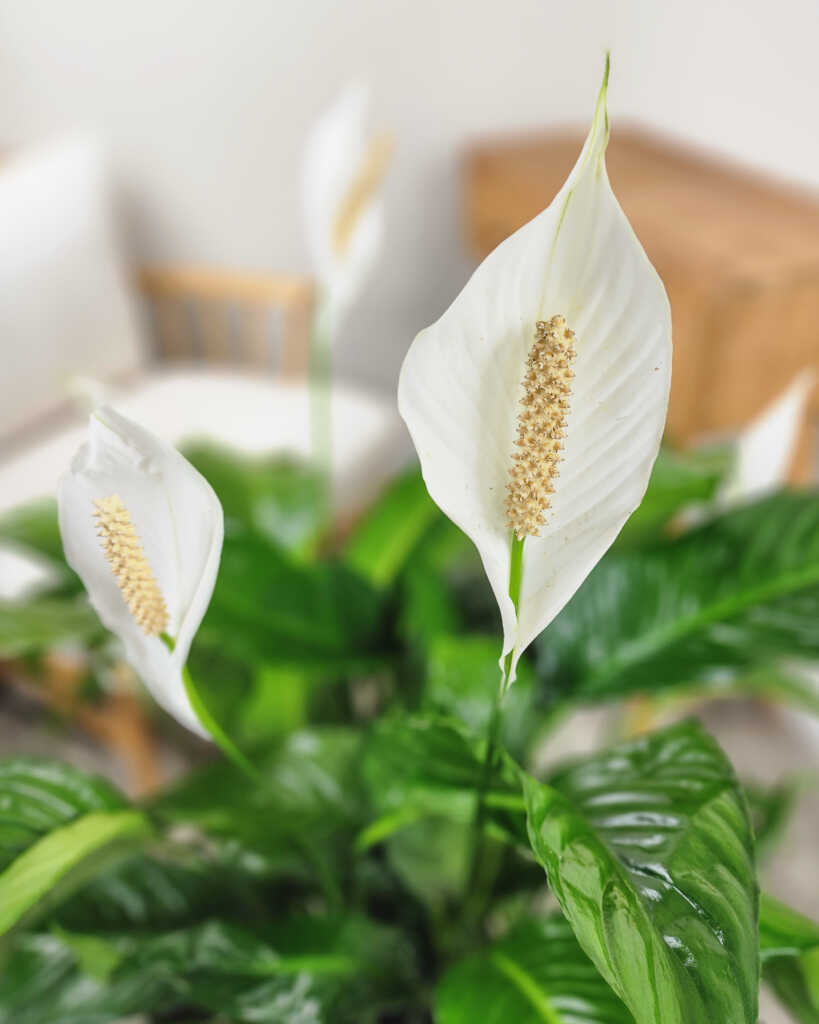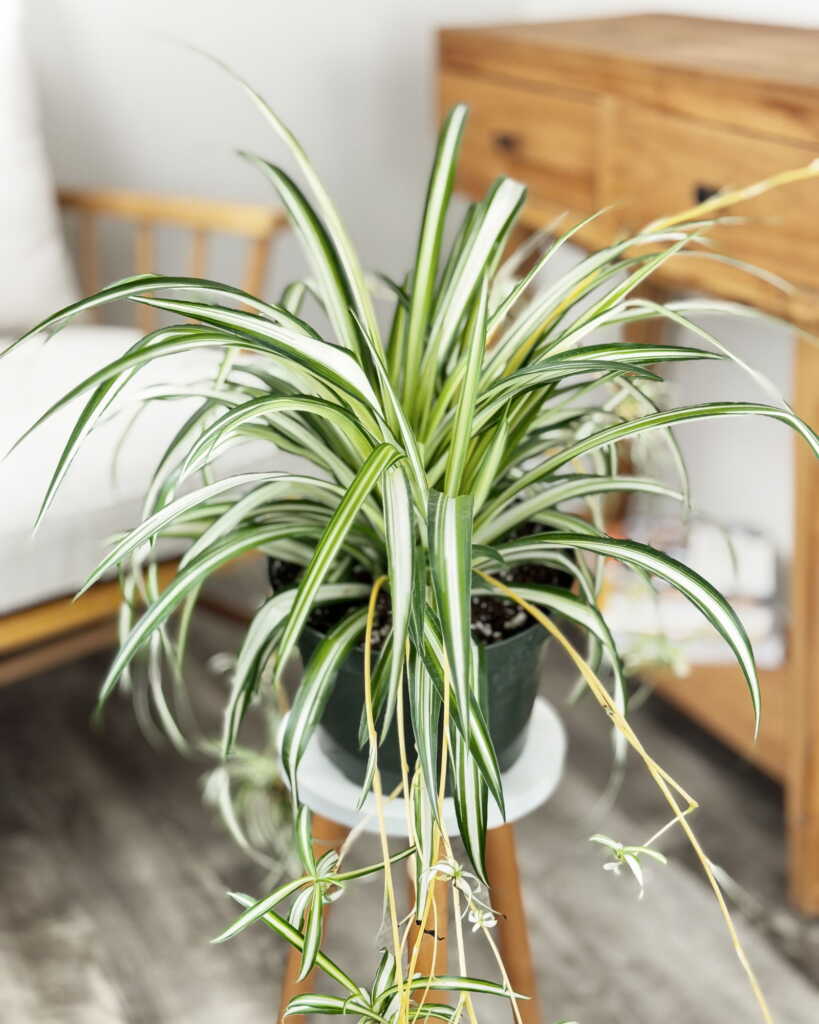
In today’s fast-paced world, finding moments of peace and tranquility is essential for maintaining mental health and overall wellbeing. While there are numerous strategies to promote emotional balance, one often overlooked solution lies right within our homes: houseplants. Beyond their aesthetic appeal, many houseplants possess unique properties that can positively impact mental health, providing a soothing sanctuary amidst the chaos of daily life.
As May unfolds its petals, we’re not only greeted by the warmth of spring but also reminded of the profound importance of Mental Health Awareness Month. In the hustle and bustle of modern life, finding solace and serenity can often feel like an uphill battle. However, amidst the chaos, there exists a silent ally—one that whispers tranquility and offers respite for the weary soul: plants. Yes, you read that right. From the lush green foliage to the delicate blooms, plants possess a remarkable ability to soothe our minds and uplift our spirits. In this article, we’ll explore how incorporating plants into our lives can serve as a powerful tool for nurturing mental well-being, fostering a sense of calm, and cultivating moments of mindfulness. So, grab a cup of tea, find a cozy spot, and let’s embark on a journey through the world of plant therapy.
The Therapeutic Presence of Greenery
The presence of greenery has long been associated with a sense of calm and rejuvenation. Studies have shown that exposure to nature, even in the form of indoor plants, can reduce stress levels, improve mood, and enhance cognitive function. Houseplants act as natural air purifiers, removing toxins and pollutants from the air while releasing oxygen, creating a healthier indoor environment conducive to mental wellbeing.

Aloe vera
Aloe Vera: Soothing Sanctuary
Originating from the Arabian Peninsula, Aloe Vera is renowned for its healing properties, both for the skin and the mind. Commonly known as the “burn plant” for its ability to soothe sunburns and minor skin irritations, Aloe Vera also purifies the air by removing harmful chemicals such as formaldehyde and benzene. Its vibrant green leaves and low maintenance requirements make it an ideal addition to any space, providing a visual reminder to pause, breathe, and nurture oneself.
Lavender: A Fragrant Refuge
With its delicate purple blooms and enchanting fragrance, Lavender is more than just a beautiful addition to a garden; it’s a powerful ally in promoting relaxation and reducing anxiety. Originating from the Mediterranean region, Lavender has been used for centuries in aromatherapy to calm the mind and induce restful sleep. Bringing this aromatic herb indoors can create a tranquil oasis, offering a gentle reminder to slow down and find moments of serenity amid life’s chaos.

Sansevieria trifasciata ‘Bantel’s Sensation’
Snake Plant: Resilience in Simplicity
Resilient and hardy, the Snake Plant, also known as Mother-in-Law’s Tongue, thrives in low light conditions and requires minimal watering, making it perfect for busy individuals seeking a low-maintenance green companion. Originating from West Africa, the Snake Plant is not only aesthetically pleasing with its tall, upright leaves but also excels at purifying the air by removing toxins such as formaldehyde and benzene. Its quiet presence serves as a reminder of the beauty of simplicity and the strength found in resilience.

‘Sweet Pablo’ Peace Lily
Peace Lily: Serenity in Bloom
With its elegant white blooms and glossy green leaves, the Peace Lily exudes a sense of serenity and grace. Native to the rainforests of Central and South America, this resilient plant thrives in low light conditions and is known for its air-purifying properties, making it an excellent choice for improving indoor air quality. Beyond its aesthetic appeal, the Peace Lily symbolizes peace, harmony, and renewal, serving as a gentle reminder to cultivate inner tranquility amidst life’s challenges.

Spider Plant
Spider Plant: Nurturing Growth
The Spider Plant, with its arching foliage adorned with tiny “spiderettes,” adds a touch of whimsy to any space while promoting mental wellbeing through its air-purifying abilities. Originating from South Africa, this resilient plant is easy to care for and thrives in a variety of conditions, making it an ideal choice for novice gardeners or those with busy lifestyles. Its rapid growth and ability to thrive in low light serve as a metaphor for resilience and the potential for growth even in challenging environments.
Incorporating Houseplants into Daily Life
Integrating houseplants into daily life doesn’t require a green thumb or a significant time commitment. Simple practices such as mindful watering, observing growth and development, and taking moments to appreciate the beauty of nature can foster a deeper connection with plants and promote a sense of wellbeing. Creating designated green spaces within the home, such as a meditation corner adorned with plants known for their calming properties, can serve as a sanctuary for relaxation and reflection.
Conclusion: Cultivating Wellness Through Nature
Incorporating houseplants into the home environment offers numerous benefits for mental health and wellbeing, from reducing stress and anxiety to promoting relaxation and rejuvenation. Each plant possesses unique properties that contribute to creating a harmonious indoor oasis, inviting us to reconnect with nature and nurture our inner selves. By embracing the healing power of houseplants, we can cultivate a sense of balance and resilience, transforming our homes into sanctuaries of peace and tranquility in an increasingly hectic world. So, why not invite a few green companions into your home and experience the transformative power of nature firsthand?


